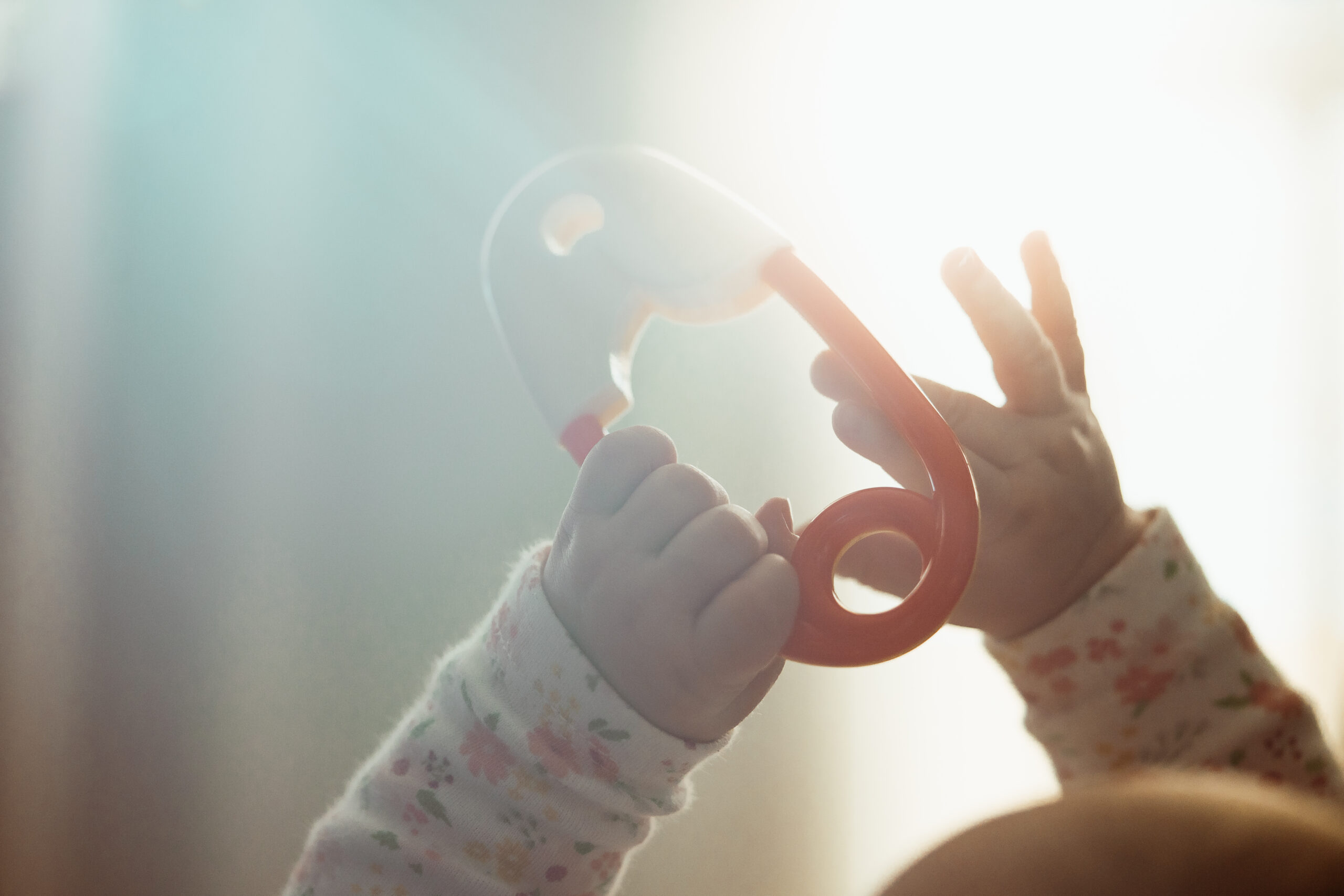
19 Mar Brain Architecture
Early experiences affect the development of brain architecture, which provides the foundation for all future learning, behavior, and health. Just as a weak foundation compromises the quality and strength of a house, adverse experiences early in life can impair brain architecture, with negative effects lasting into adulthood.
Brains are built over time, from the bottom up. The basic architecture of the brain is constructed through an ongoing process that begins before birth and continues into adulthood. Simpler neural connections and skills form first, followed by more complex circuits and skills. In the first few years of life, more than 1 million new neural connections form every second. After this period of rapid proliferation, connections are reduced through a process called pruning, which allows brain circuits to become more efficient. A major ingredient in this developmental process is the “serve and return” interaction between children and their parents and other caregivers in the family or community. In the absence of responsive caregiving—or if responses are unreliable or inappropriate—the brain’s architecture does not form as expected, which can lead to disparities in learning and behavior. Ultimately, genes and experiences work together to construct brain architecture.

Sorry, the comment form is closed at this time.